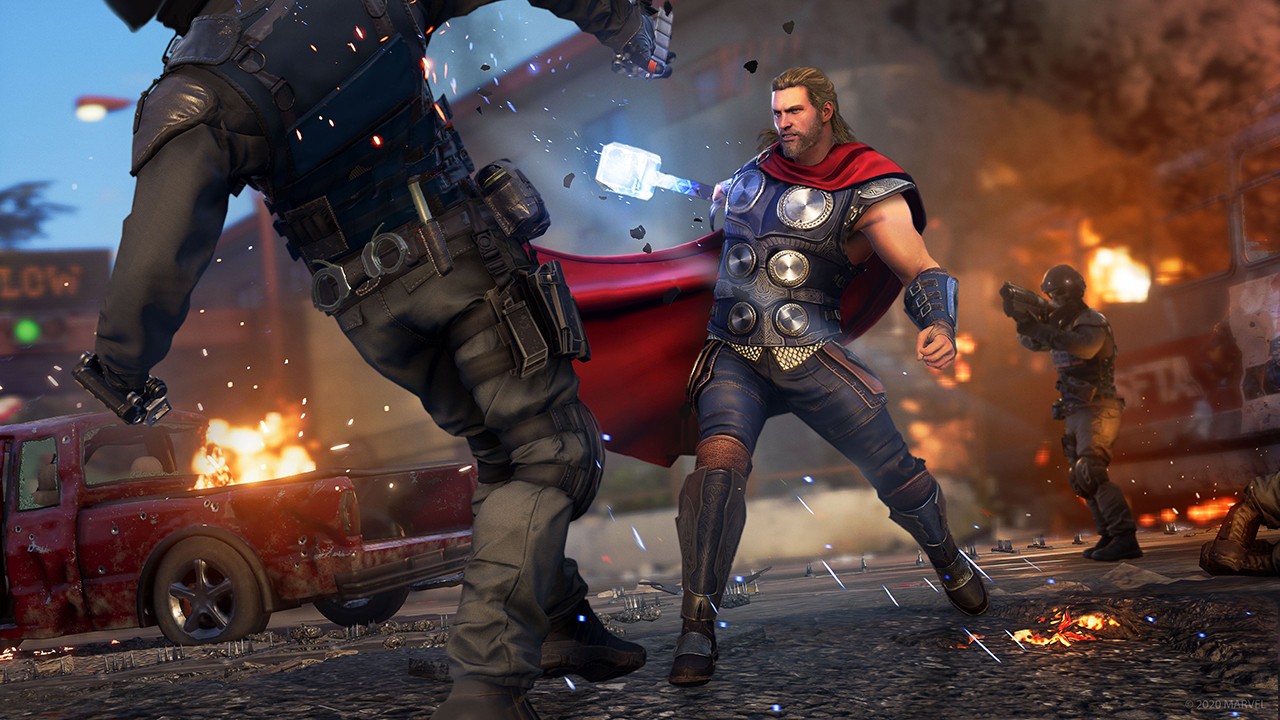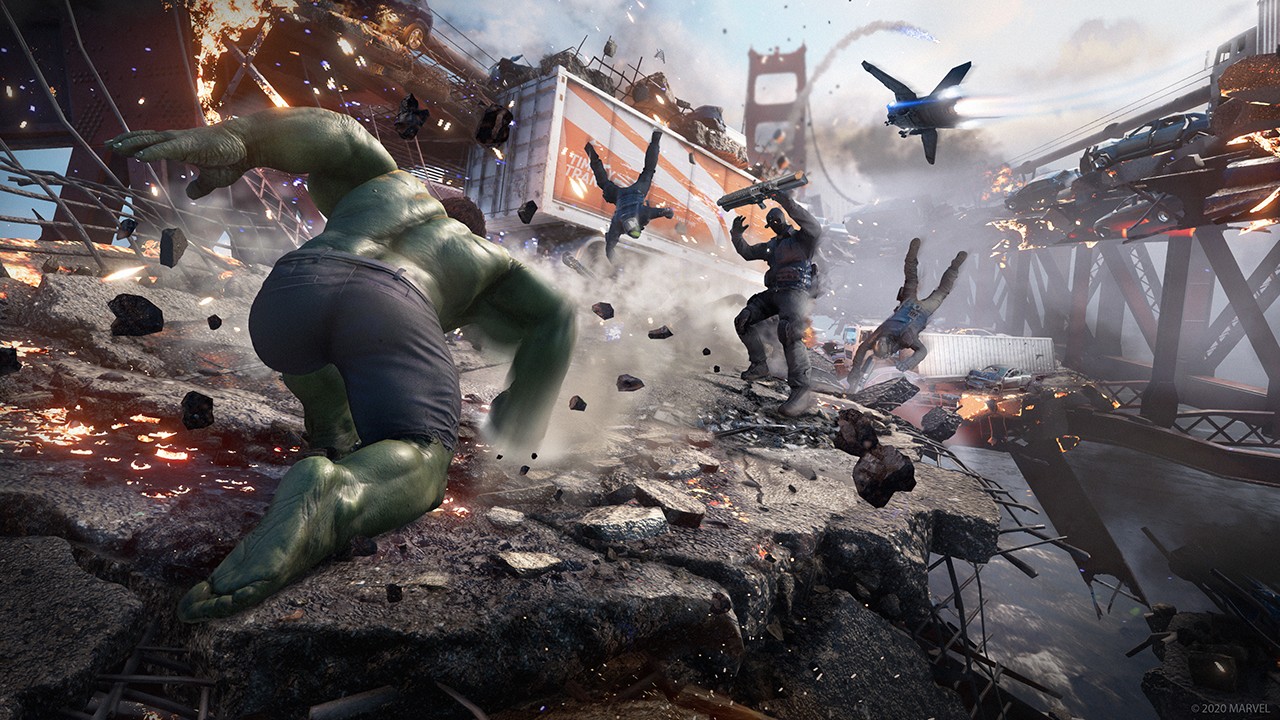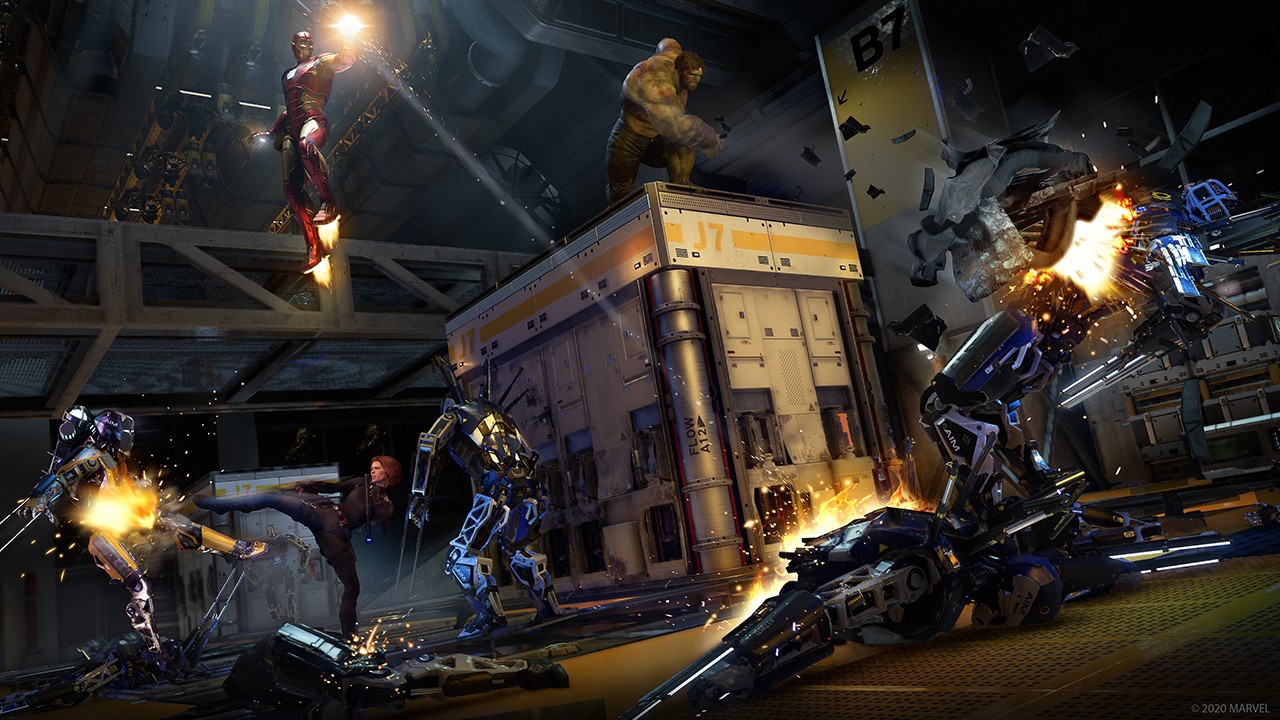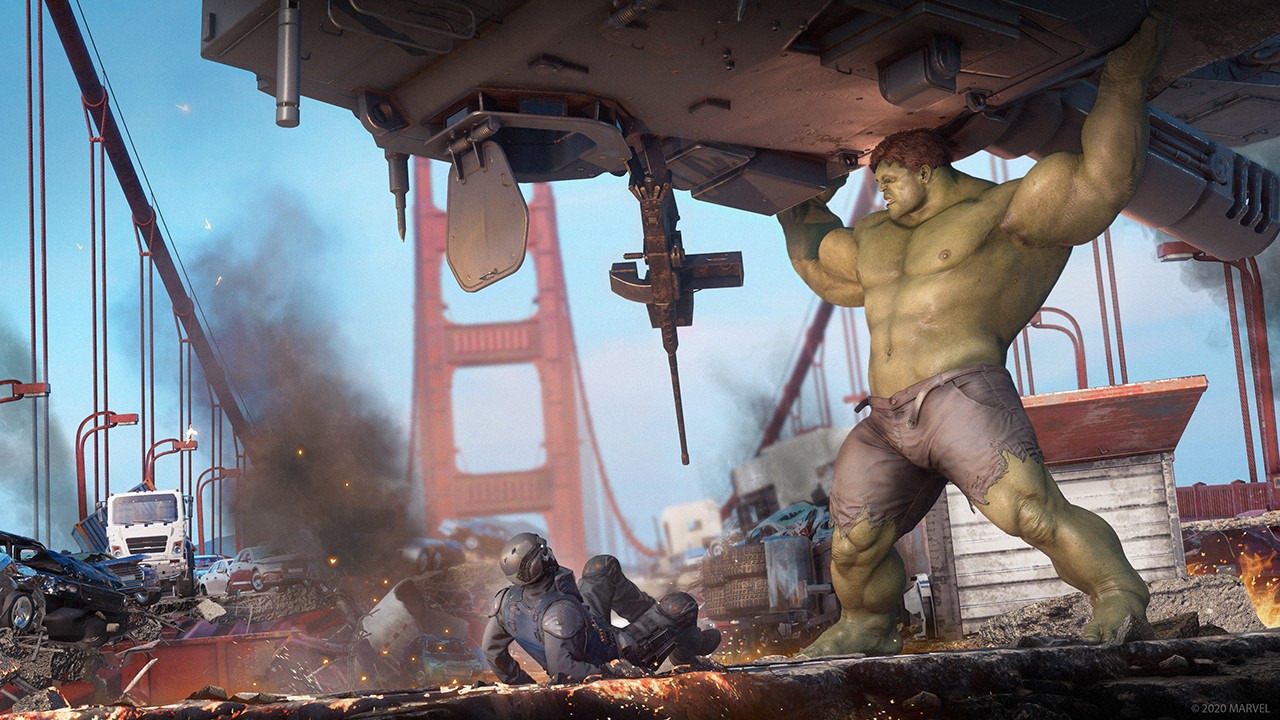Marvel’s Avengers First Impressions (PS4) | A Bit Far From Reaching Endgame
There is some potential here though.
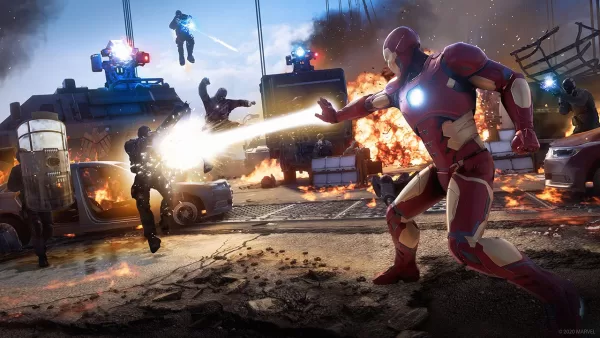
Marvel’s Avengers is one of those games that some may be excited for mostly because of the unrelated movie franchise of the same name, given that it was announced in the middle of one of the said movie franchise’s biggest arcs. The game was initially teased back in 2017 with the announcement of the Avengers Project, a collaboration between Marvel and Square Enix to produce a series of games based on the Avengers franchise and is being developed by Crystal Dynamics and Eidos-Montreal, both of which worked on entries in the current Tomb Raider reboot series.
Three years and several trailers later, Marvel’s Avengers is finally only a month away from its official release and we got to try out the game during a recently held closed beta test, which gave us access to several story and non-story missions as well as a few of the game’s characters. While it must be said that our experience during the beta isn’t completely indicative of how the game will look or play when it comes out next month, it does give us a good glimpse of many of the game’s elements that may or may not change before its release.
On its own, the visuals of Marvel’s Avengers are pretty good albeit inconsistent. Some of the character models are impressively detailed, such as Iron Man’s armor, while others aren’t given as much polish. Some of its other elements, particularly the environments and some of the special effects, also fail to maintain the same level of detail. And after experiencing the platform-pushing visuals of games like Final Fantasy VII Remake and The Last of Us 2, the visuals of Marvel’s Avengers does feel a bit lacking. To be fair, the games I compared them to have the benefit of being PS4 exclusives (or a timed exclusive in FF7R’s case).
As for its gameplay, Marvel’s Avengers doesn’t really present anything new or groundbreaking, featuring typical action game mechanics. Every character has a light and heavy attack, two special abilities, and one ultimate ability as a base. The light and heavy attacks can then be chained to execute combos or access certain moves. Players will then be able to unlock more moves as they level up the characters or increase their stats and/or resistances by equipping gear they pick up from missions.
While the basic mechanics of the game are rather run-of-the-mill, they’re offset by the movesets of each individual character and the roles they’re seemingly designed for. While the Hulk is more suited for soaking up damage and fighting close-up, Iron Man leans more towards fully utilizing his ability to fly as well as his large arsenal of weapons to deal with enemies from different angles and distances. The potential variety of experiences, both new and nostalgic, the game can offer with its cast of popular characters may make up for the simplicity in its mechanics.
Sadly, the game suffers from noticeably sluggish controls and animations that make it feel like the characters are moving underwater. This is especially apparent when you’re trying to navigate the game’s environments as well as when you’re in the middle of combat. Interactions such as jumping from platform to platform or switching between Iron Man’s flying, hovering, and ground modes all feel clunky. The game’s camera can also, at times, move erratically when it’s trying to switch to a certain angle and you suddenly shift directions or momentum. On the flip side though, Iron Man’s flying mechanics are a joy to play, which makes playing as Tony Stark a definite highlight.
Apart from the few story missions we were able to play through during the beta, we were also able to access the War Table, a virtual display of the game’s world where players can choose different locations on the map and accept missions within them that our strike team could undertake.
The game features a variety of mission types with different objectives, such as capturing points, defeating a number of enemies, and more. But in spite of the available mission type variety, most of them still feature a similar gameplay loop that involves going to a specific area, defeating the waves of enemies that appear, and then moving on to the next. The mission objectives are then injected into that gameplay loop, whether it be capturing a point, destroying certain objects, or simply defeating all the enemies. The game’s maps do allow for some exploration to find hidden caches for extra loot but the maps are still mostly limited.
The variety of enemies in the game are also minimal. There are basic grunts, shield wielders, snipers, flyers, and brutes. Even when facing different enemy factions, the enemy types remain mostly the same. Most of them also don’t prove to be much of a challenge individually. The difficulty of the encounters mostly lie in the sheer number of enemies that are spawned rather than the mechanics required to defeat each one.
At least in the beta, all the available missions from the War Table could be played in multiplayer, so the missions and maps are designed with several players in mind, such as including multiple capture points and multiple destruction targets, among others. Players will be able to either directly invite players into their strike team, be matched with random people, or play with AI companions if they wish to play “solo.”
Surprisingly, the simplicity of Marvel’s Avengers’ gameplay mechanics and mission flow lends itself well to the game’s multiplayer element as it provides an experience that’s less focused on complexity and replaces it with simple, unadulterated fun. It feels like multiplayer is really where the game will be able to shine as the experience of running around maps completing missions with three other Avengers proved to be quite enjoyable in spite of its other issues.
As it stands, Marvel’s Avengers isn’t as remarkable as I hoped it would be. However, it could potentially still come out to be more impressive when it’s released. If they’re able to add a wider range of missions that offer more complexity in its objectives and flow as well as fix the sluggishness of the controls, then it would improve the game quite drastically. There’s also the game’s full story campaign to consider, which could prove to be one of its strongest elements apart from its multiplayer and help make up for several of its shortcomings. Fans of the Avengers franchise, particularly the Marvel Cinematic Universe, could definitely still enjoy the game in spite of its current issues, although I do still hope the developers will be able to resolve some of the game’s more glaring issues either at launch or in the future.


